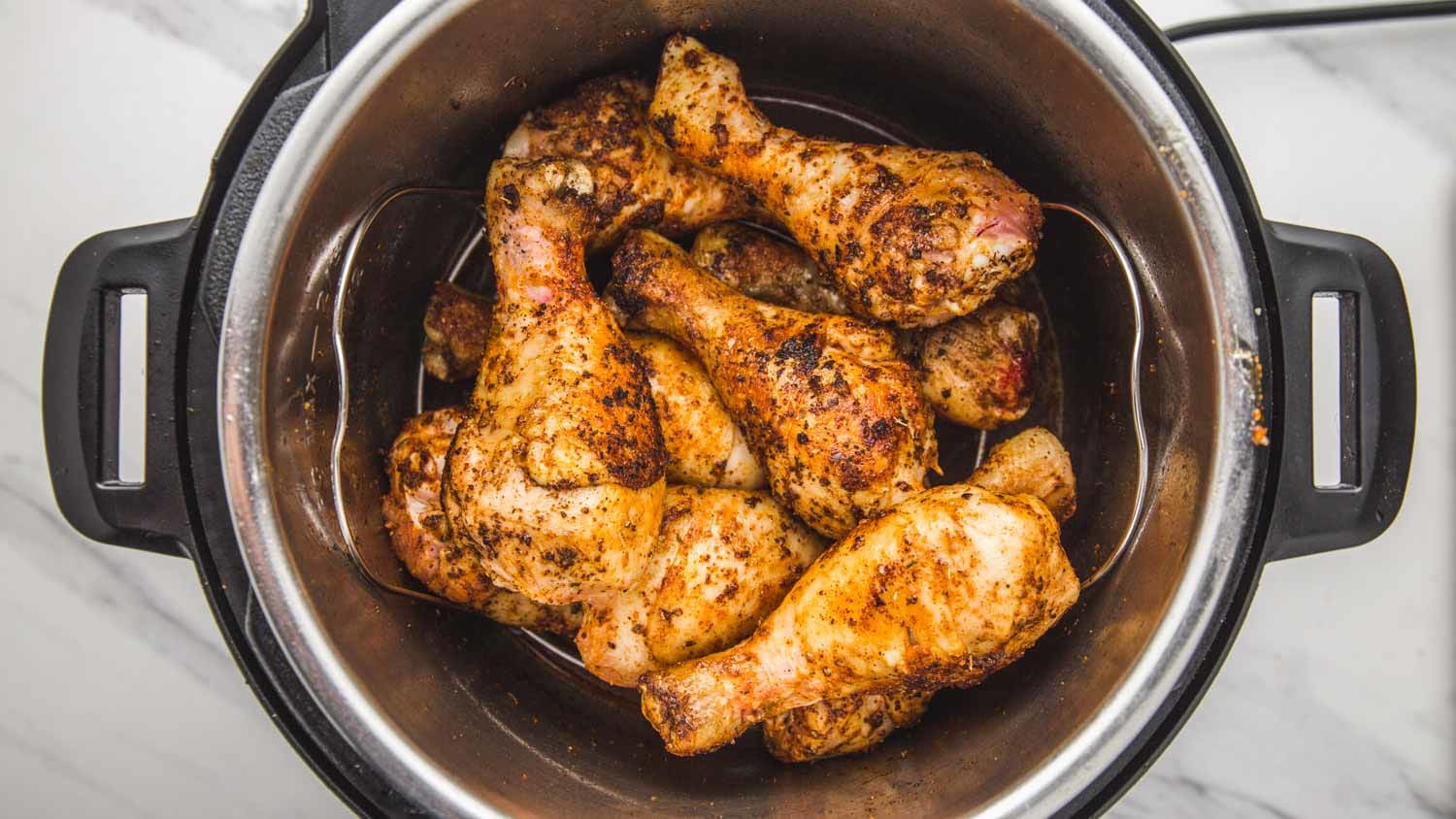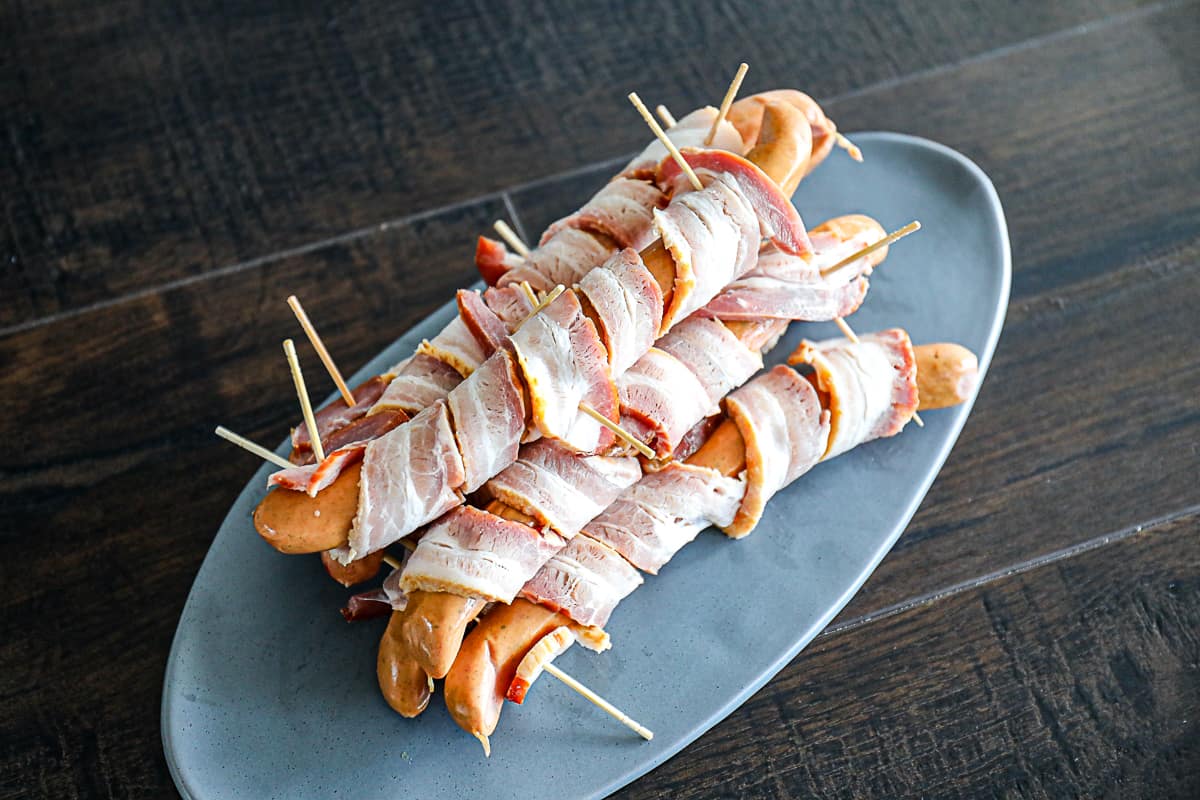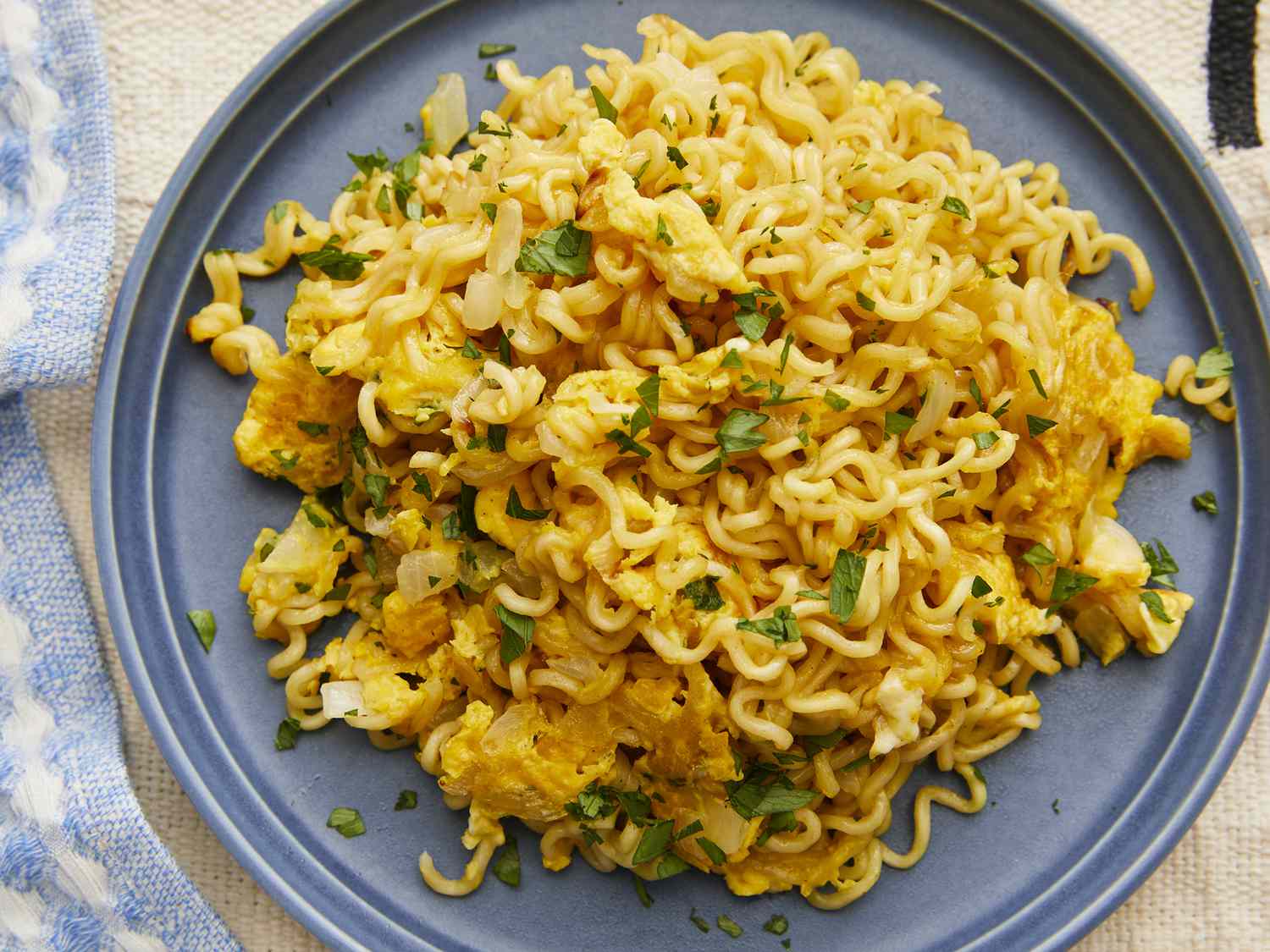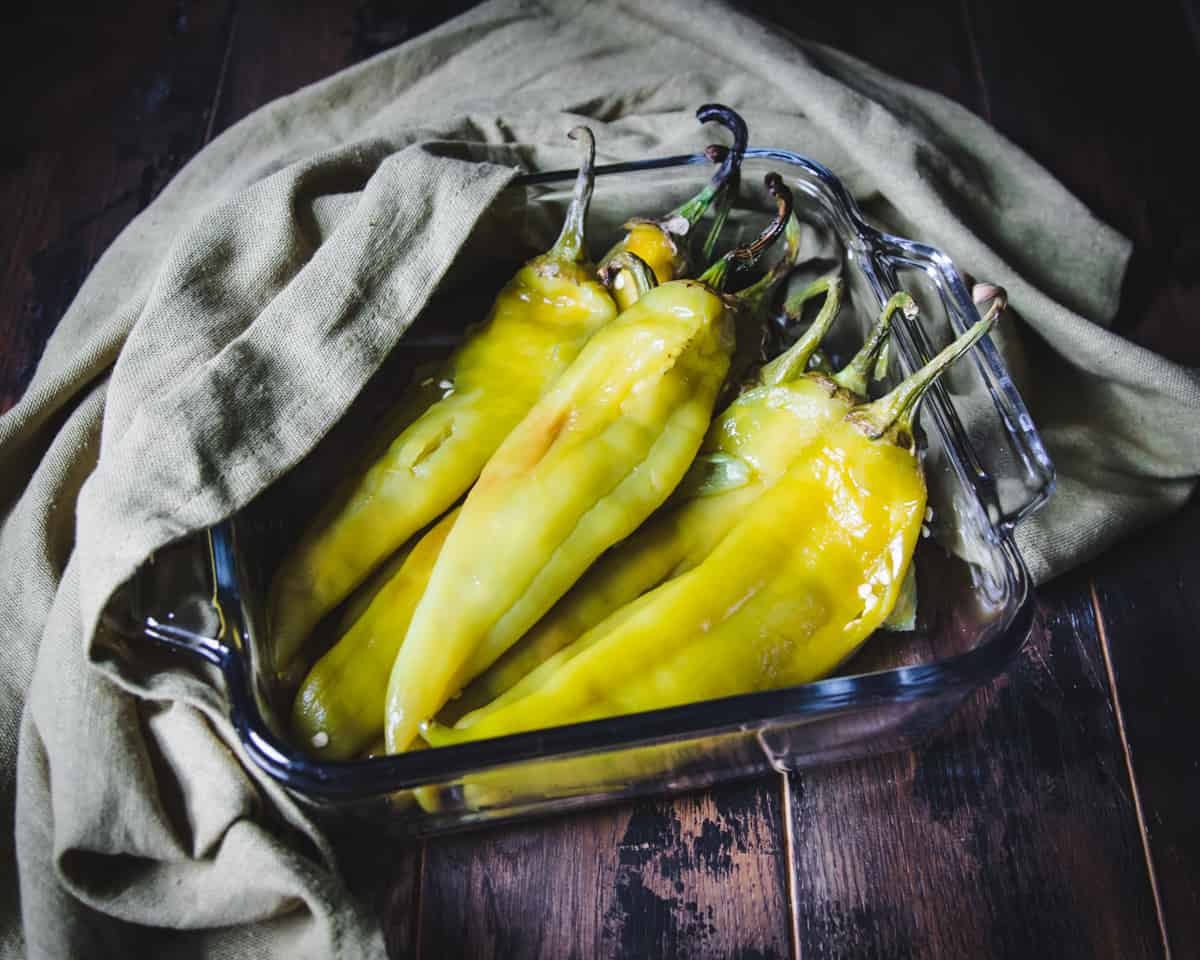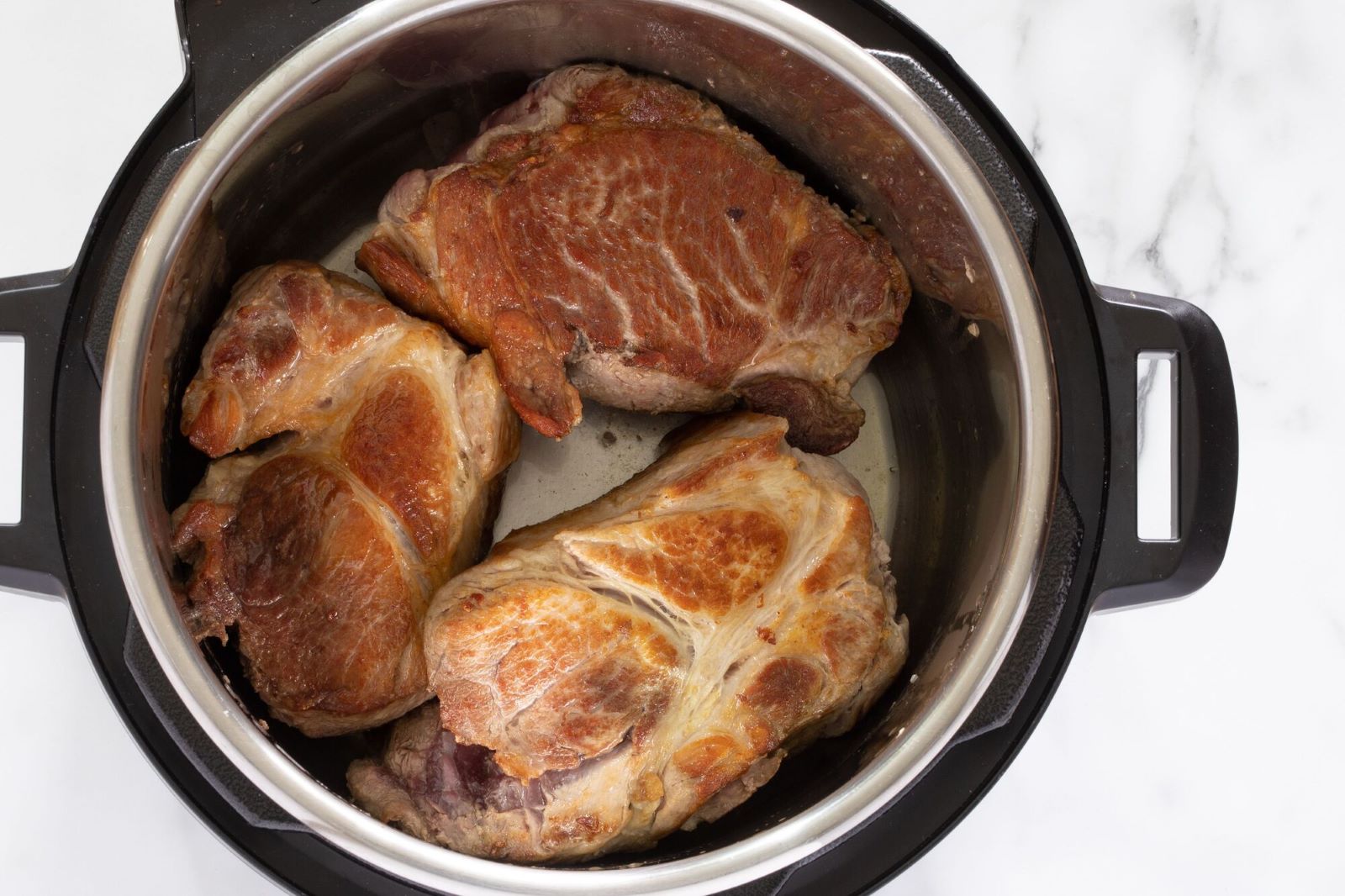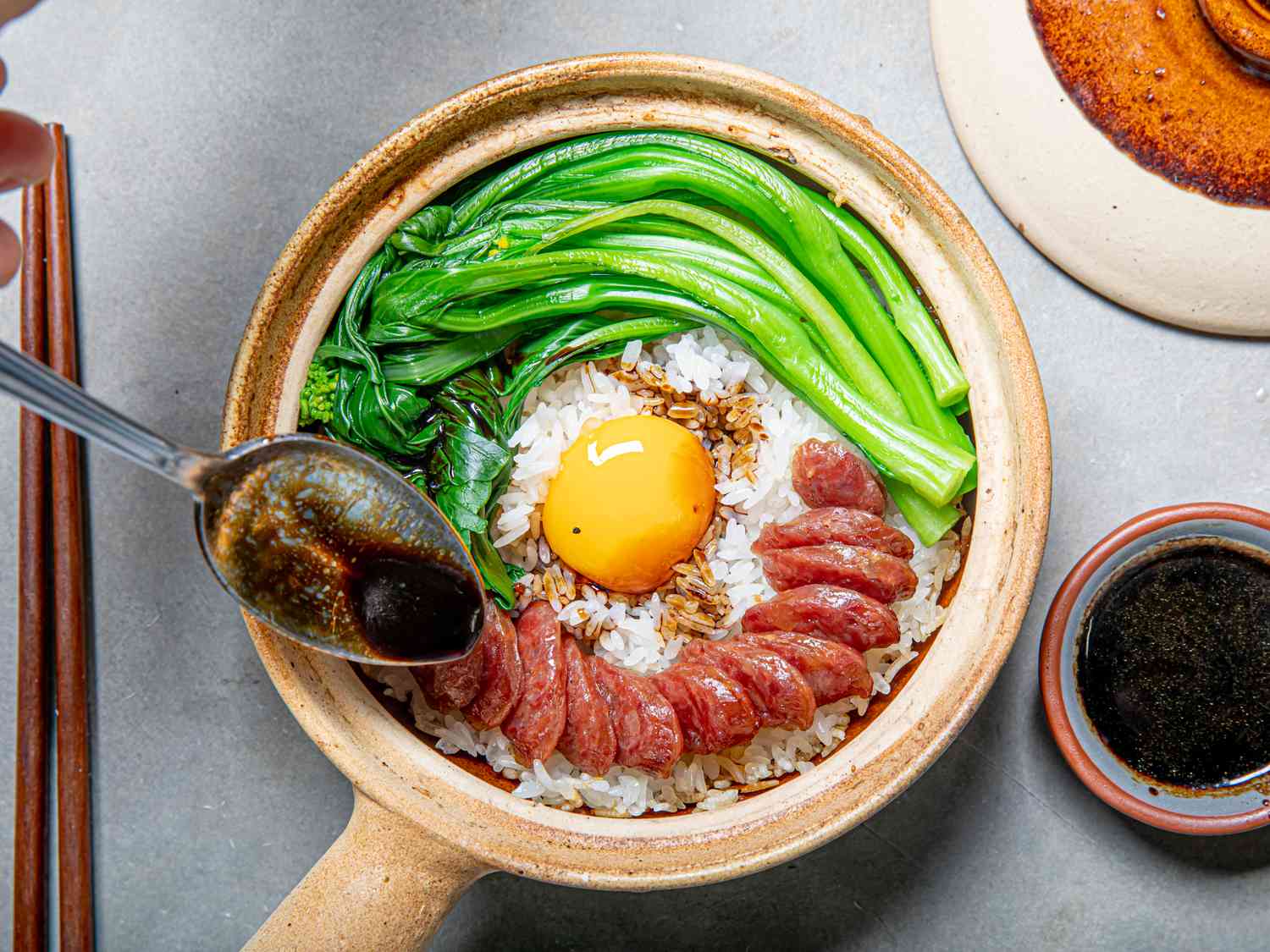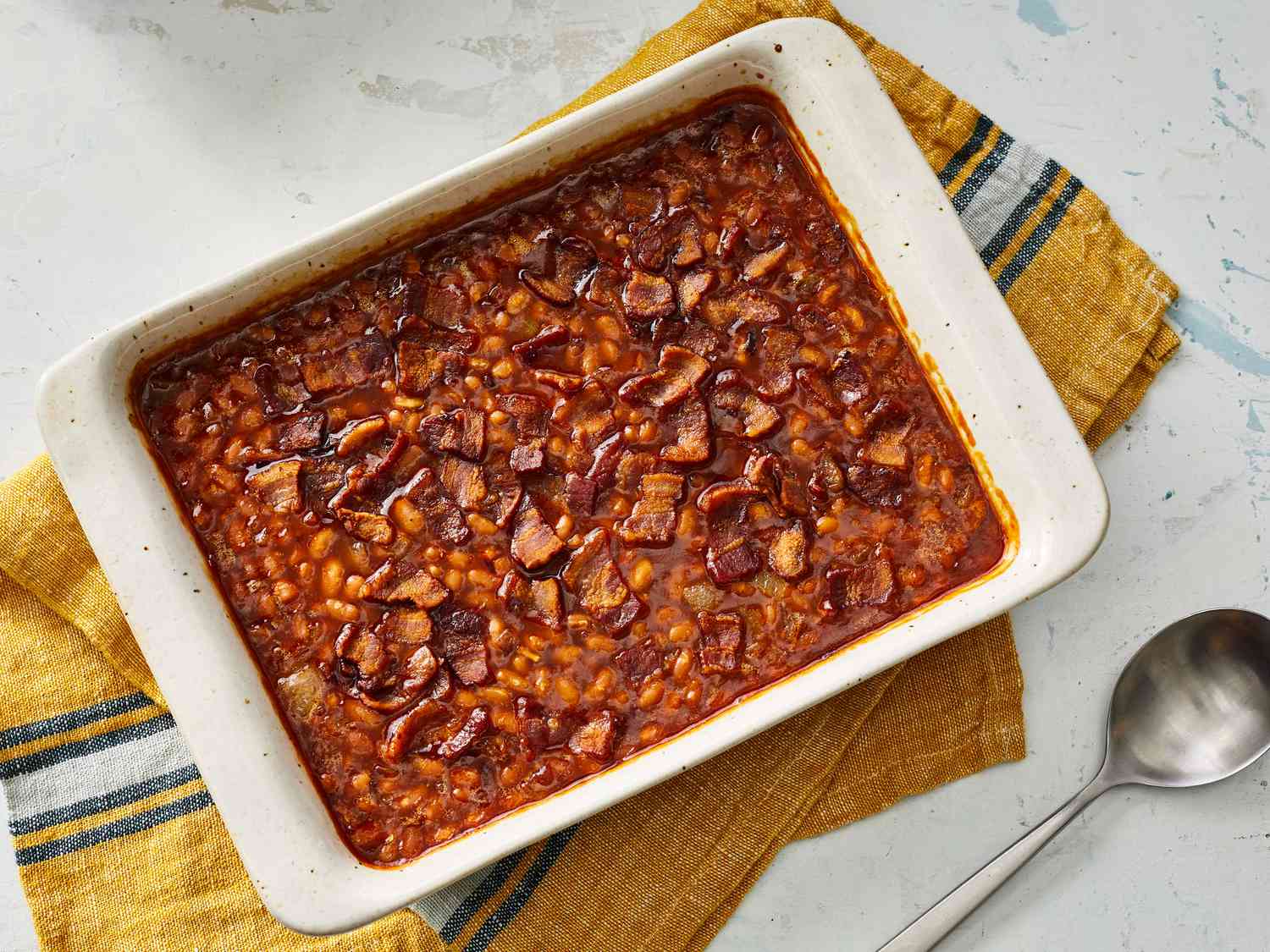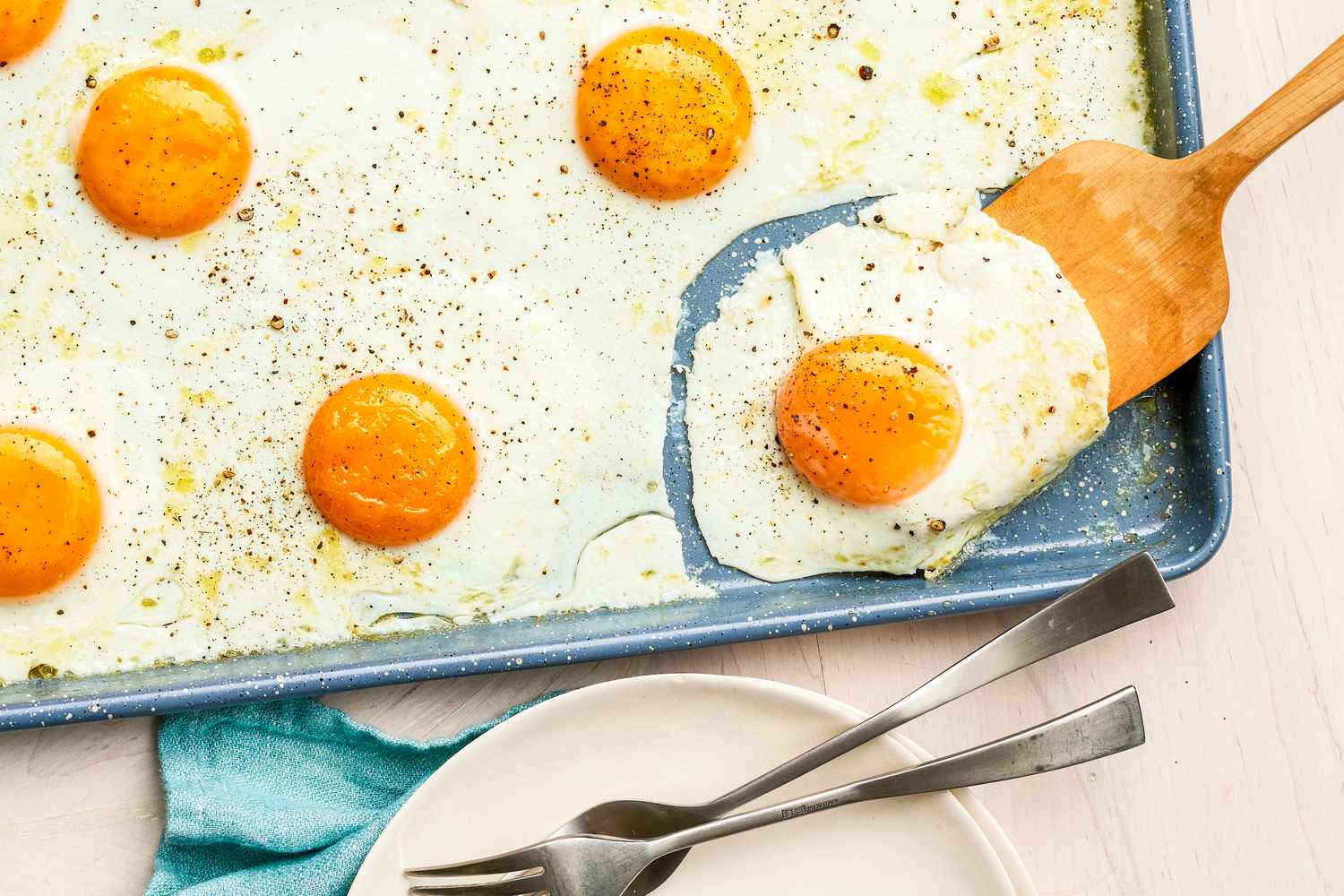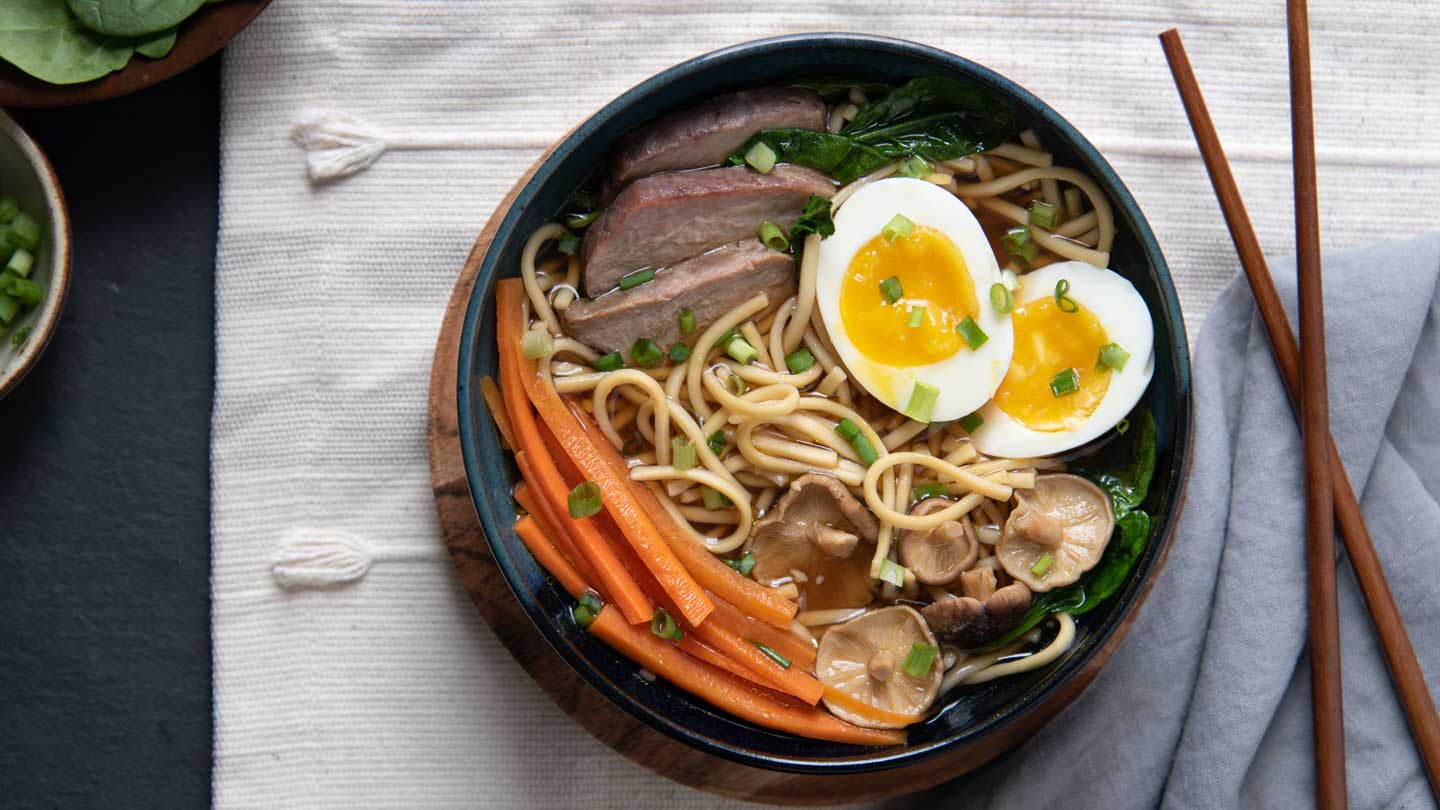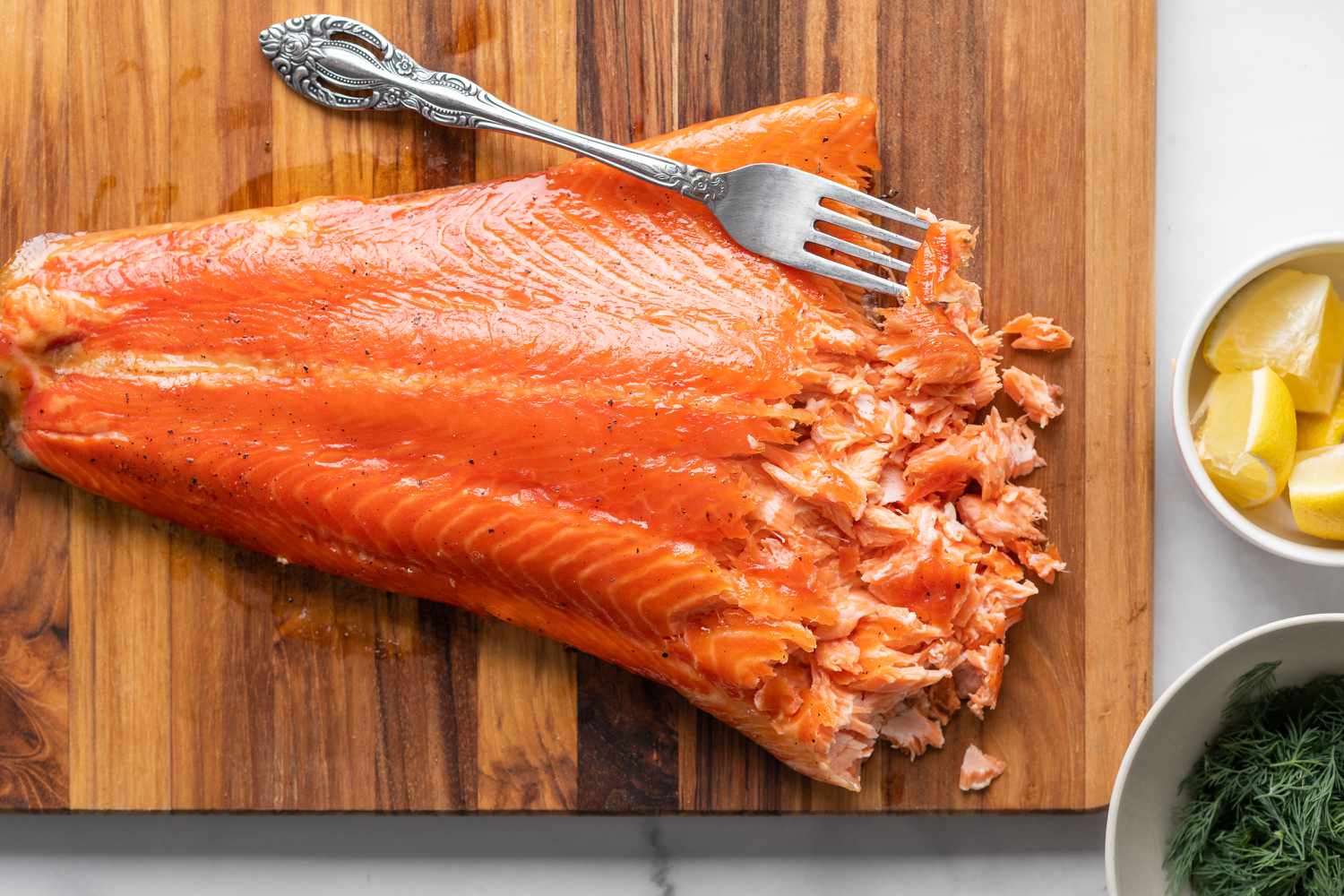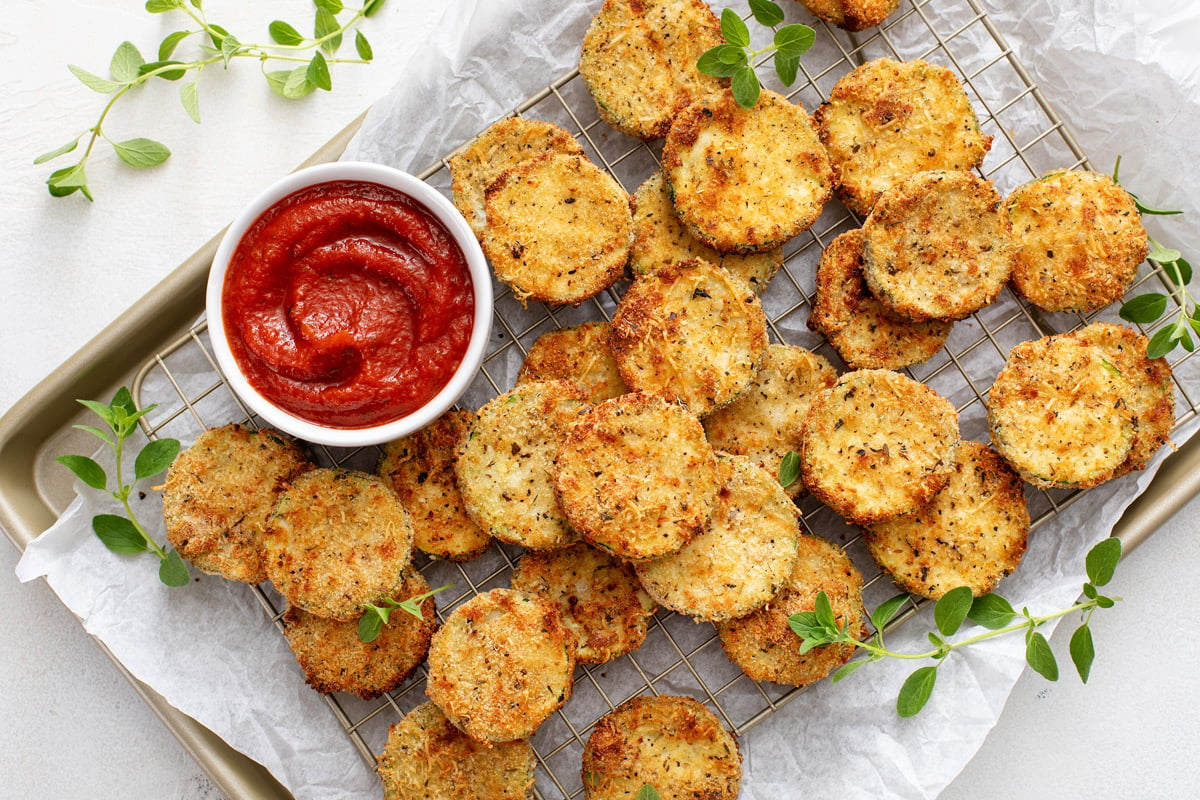Discover the Art of Cooking Fresh Udon Noodles
Welcome to the wonderful world of udon noodles! If you’re a fan of Japanese cuisine, you’ve probably encountered these thick and chewy noodles before. Udon noodles are a versatile staple that can be enjoyed in a variety of dishes, ranging from hot soups to stir-fries. In this article, we’ll take you through the step-by-step process of cooking fresh udon noodles like a pro.
Choosing the Perfect Fresh Udon Noodles
First things first, you need to start with high-quality fresh udon noodles. Look for them in your local Asian grocery stores or specialty food markets. Fresh udon noodles are typically found in the refrigerated section and are packaged in plastic bags or sealed containers.
When selecting fresh udon noodles, keep the following tips in mind:
- Check the expiration date to ensure freshness.
- Opt for noodles with a smooth and shiny appearance.
- Avoid noodles that appear dry or discolored.
Preparing Your Fresh Udon Noodles
Before you start cooking, it’s essential to prepare your fresh udon noodles properly. Follow these simple steps:
- Bring a pot of water to a rolling boil.
- Add the noodles and gently separate them using chopsticks or tongs.
- Boil the noodles for a few minutes, following the instructions on the packaging. Fresh udon noodles usually cook quicker than dried ones.
- Taste the noodles to check if they are done. They should be tender but still chewy.
- Once cooked, immediately drain the noodles and rinse them under cold water to remove excess starch and stop the cooking process.
Cooking Techniques for Fresh Udon Noodles
Now that your fresh udon noodles are perfectly prepared, it’s time to explore various cooking techniques:
1. Udon Noodle Soup
Udon noodle soup, also known as “kake udon,” is a classic dish that showcases the soft and slurp-worthy noodles in a flavorful broth. Here’s how to create your own udon noodle soup:
- Prepare a broth of your choice, such as miso, soy sauce, or dashi.
- Bring the broth to a simmer and add your desired ingredients, such as sliced vegetables, proteins, or tofu.
- Add the cooked udon noodles to the broth and let them heat through. Be careful not to overcook the noodles.
- Finish off with garnishes like green onions, nori, or tempura flakes, and serve hot.
2. Stir-Fried Udon Noodles
If you’re craving a quick and flavorful meal, stir-fried udon noodles are the way to go. Follow these steps for a satisfying dish:
- Heat oil in a pan or wok over high heat.
- Add your favorite vegetables, such as bell peppers, carrots, and bok choy, along with proteins like chicken, beef, or shrimp.
- Toss in the cooked udon noodles and stir-fry for a few minutes until heated through.
- Season with soy sauce, oyster sauce, or your preferred stir-fry sauce.
- Garnish with sesame seeds and chopped green onions before serving.
Experiment with Fresh Udon Noodles
Now that you know how to cook fresh udon noodles, the possibilities are endless. Feel free to experiment with different flavors, ingredients, and cooking techniques to create your own unique udon noodle dishes. Whether you prefer them in soups, stir-fries, or cold salads, fresh udon noodles are a fantastic addition to your culinary repertoire. So put on your apron, get those noodles boiling, and let your creativity flow!
Was this page helpful?
Read Next: How To Cook A Whole Chicken In The Crock Pot
Jet Pilot
Jetpilot made a name for itself back in 1986 by creating the most technically advanced wetsuits, life vests and apparel for personal watercraft racing. Jetpilot has a wide collection of watersports equipment, best-quality and supreme material life jackets and apparel that makes your wakeboarding or jet skiing enjoyable and risk-free.

